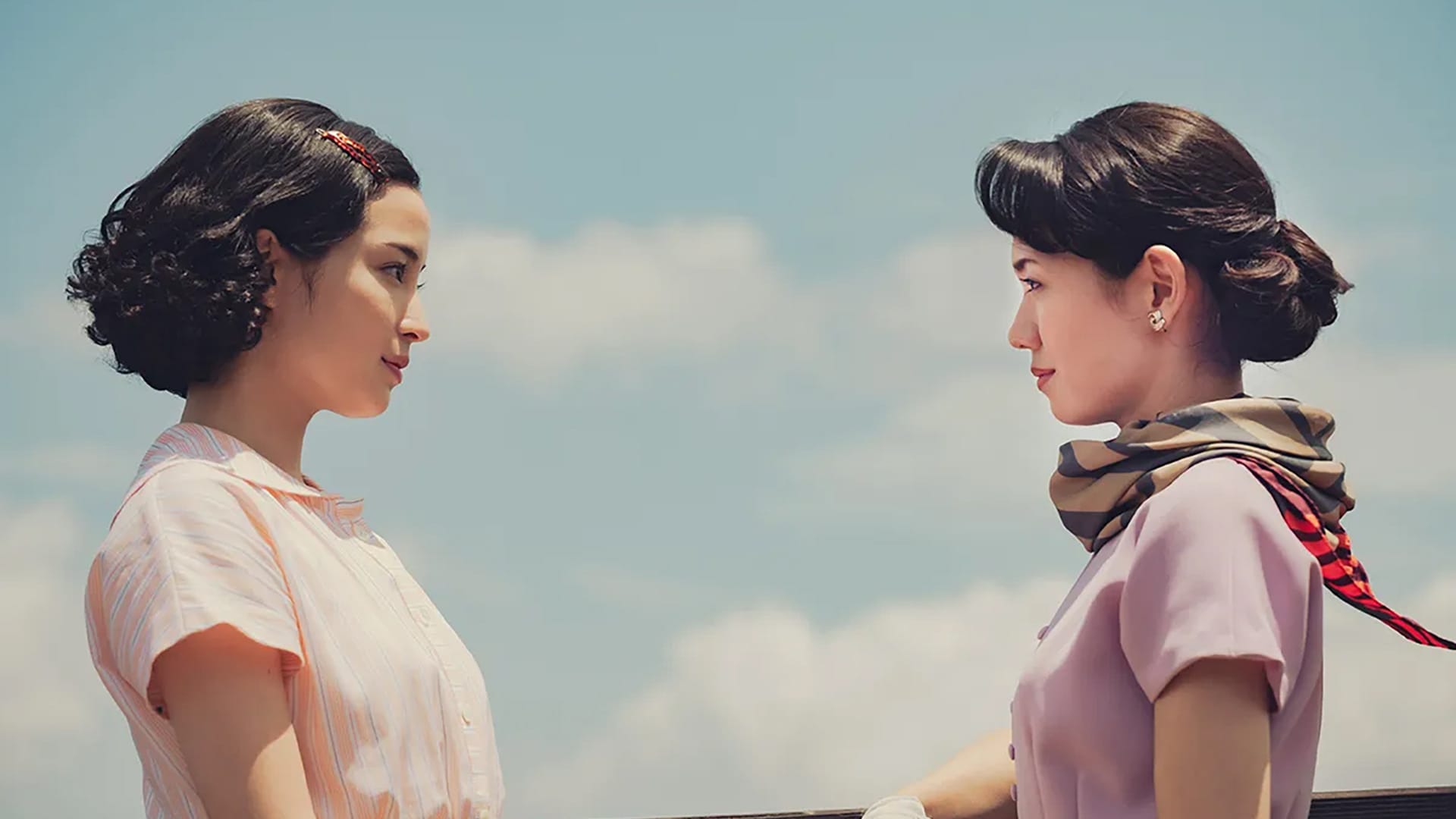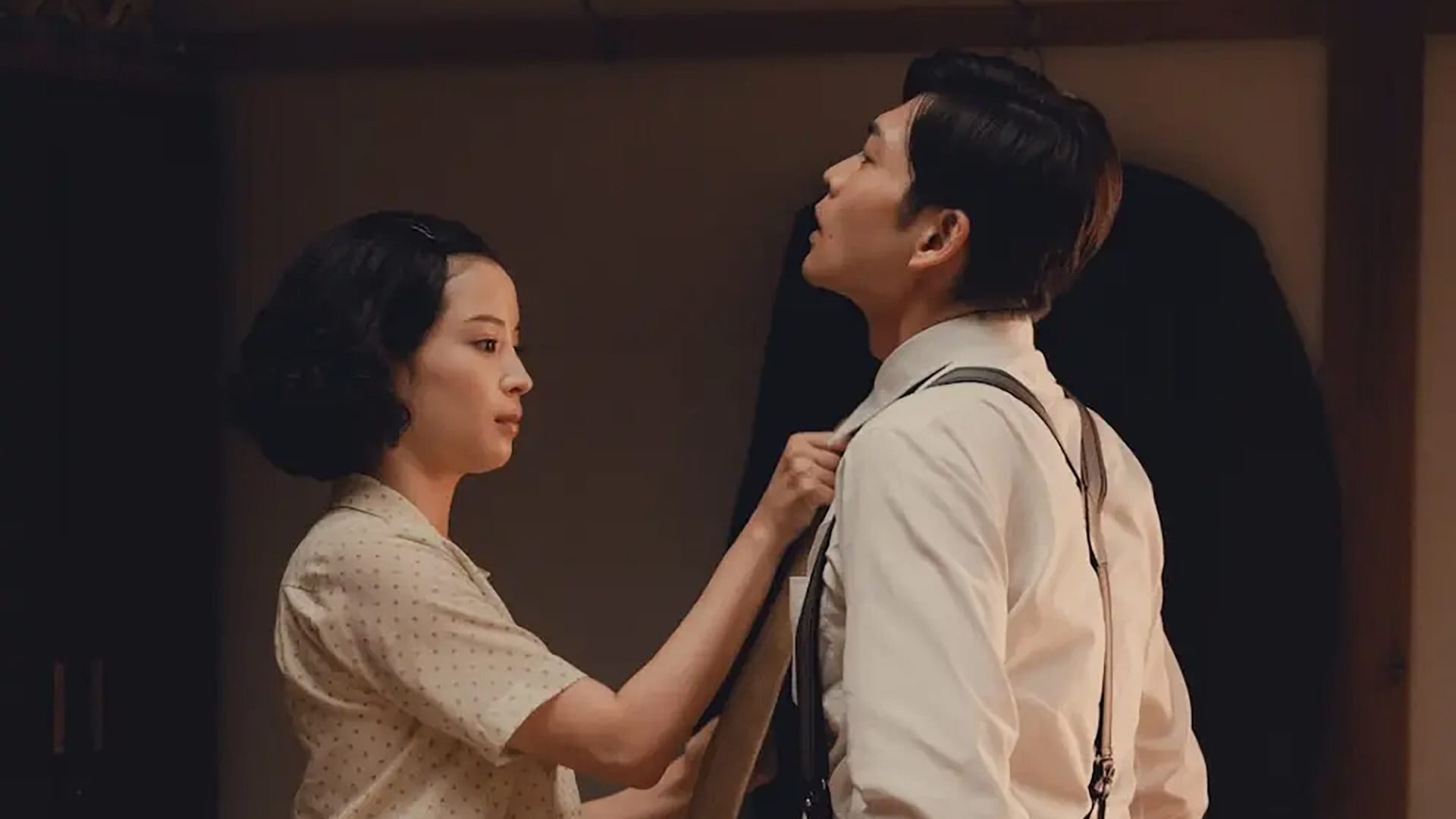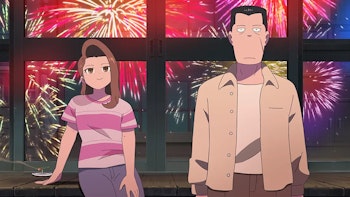
In 1982, a Japanese woman chose to sell the home she moved to England to live in with her partner after leaving Nagasaki following World War II. Her daughter, a journalist in London, is wanting to explore her younger experiences for a new article, while also hoping this is her chance to hear about a childhood and past her mother often refuses to explain. The daughter is also hoping the piece can establish herself while she finds a purpose, having already dropped out of university and finding herself in a relationship with an older married man that helped her to get into her current role in the first place. The story she shares however, is disjointed, and discusses her friend just as much as it does her own life.
If that all sounds a little inscrutable, that’s somewhat the point. Kazuo Ishiguro’s 1982 debut novel A Pale View of Hills, told from this unusual perspective about two women whose lives keep overlapping in post-war Nagasaki, is not the most approachable novel, defined by its deliberate inconsistencies that turn it into a mystery and, later, a reflection back on the reader about trauma and dissociation. It’s far from an easy novel to turn into a feature film, removed from the dreamlike state for which the imagination conjures images of a novel into something far more frank and deliberate, nothing obscured in the sharpness of a camera lens.
Still, it’s hard not to feel, the more time passes attempting to parse this unique and visually-appealing arthouse drama produced with one eye on the domestic and one globally with its international co-production format, that cinema may not be the best format to approach this story. In the end, the ability to hide mystery in plain sight through the written word and the intentional unreliability of its storytelling make it a story best told away from the big screen.
The central figure is the old, weary widow Etsuko (Yo Yoshida), awoken from unusual dreams on the sofa of her countryside English bungalow in a state of disarray as unpacking commences. In 1952 (played by Suzu Hirose of Unreachable and Our Little Sister fame), she’s a married woman expecting a child when she runs into Sachiko (Fumi Nikaido), leading them to become close friends. Sachiko has a daughter, Mariko, and lives a different life that nonetheless interests her. She gets by even with the neglect of a workaholic husband with dreams of moving abroad with him for a better life for her child in America. Even as a person rejected for her scars from the radiation from the Nagasaki bombings.

The question always remains how we get from the Etsuko married and living life in Japan to the one living in the UK three decades later, in which time she got into a second marriage and had a second daughter with the older one no longer around. She never seemed interested in moving abroad in the early 1950s, after all, and learning what her life was like and what made her move is what Niki (Camilla Aiko), her present daughter, attempts to understand by speaking to her mother about the affairs.
Nothing seems to make sense or tie together neatly, with contradictions abound, and that’s by design as it invites the audience to weave these threads together and, in turn, more deeply consider the ideas it explores. Compared to the more grounded and cold cinematography of the UK, the bright hues and dreamlike softness in Nagasaki sequences suggest a surreal departure from reality hinting towards the contradictions at the heart of the film. These scenes may be framed as flashbacks, but they’re far from factual accounts of a life once lived. Something is missing, and the intrigue comes from uncovering this and piecing it together.
It’s also where A Pale View of Hills begins to fall short. More simply, it’s harder to create subtle ambiguity and maintain unreliable secrecy through the all-too-reliable sharp lens of a cinema camera. Inevitably, it’s more apparent to the eye when a scene changes its visual direction to hint at something more than meets the eye, compared to the written word’s ability to mask its double-entendre under layers of mystique, and it leads to certain mysteries becoming apparent too quickly.

The idea that there’s more to the friendship of Sachiko and Etsuko and how their story hints at a truth that can’t be spoken directly is apparent far too quickly, a definitive statement on the true meaning of this pain preventing us from coming to our own conclusions on the manifestation of trauma as the initial story intended. The code-like window into the era that Etsuko employs in these flashback discussions with her daughter are a necessary way to handle how living the war and its aftermath forced her to adapt, but it’s one the filmmakers, not the audience, are given the key to decrypt.
As a novel, the intent of this ambiguous storytelling is to make us second-guess, and thus consider more deeply, the core questions of what it was truly like to live during those historic moments of Japanese post-war history. Is she real? Was she someone Etsuko aspired to be? As entertaining as the bond between the two is to explore when they’re given a chance to share the screen, the mystery is often made too clear, robbing the film of the tension it was clearly built around.
Which is only further impounded when we return to the UK for the far more straightforward, clunky English segments. The attempts to bridge the painful relationship built on unspoken grievances and hidden pain over the absent second daughter is given the most space to breathe here, defining the dead-end conversations of people learning to speak to one another again but unsure how to open up to one another. It’s never engaging enough, though, and only serves to interrupt the scenes in 1952 to the point I can’t help but wonder whether the film would be better if it scrapped these moments entirely to build up the moral quandaries of trauma and pain in post-war Nagasaki entirely within the confines of its period setting.

In order to simplify the language for a Japanese audience, conversations have the tonality and range of an English language textbook’s audio supplement, rather than a genuine dramatic performance. This is even more pronounced in the actual-British actors, clearly directed to speak slowly and with clarity, than it is for the stronger performance of Yoshida as an older Etsuko whose distance suggests a person whose life hasn’t turned out quite as planned.
In the end, it’s a film that never feels at home in any era, and perhaps this is partially the point: as an immigrant, as an outsider, as a victim, it can feel like there’s no home to be found. Yet for all it wants to tease this conclusion in contradiction and ambiguity that slowly reveals the psychological core of this feeling, a constant tug-of-war between the eras and a lack of subtlety make it all-too-obvious all-too-soon, and the result is stilted and unsatisfying. It’s an important story, told within a film which feels scared to differentiate itself from its source material to bring its intent and tonality to the screen, and it’s somewhat unsatisfying as a result.










